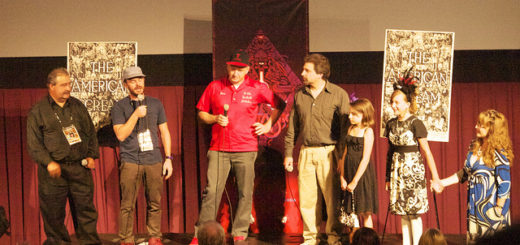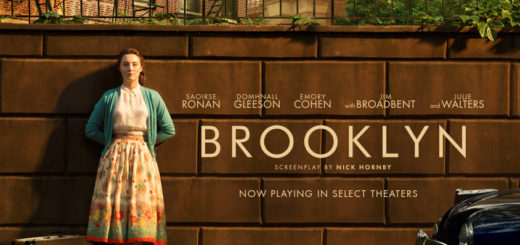On Carrie Fisher
Our family was just leaving the house to see “Rogue One” at a neighborhood theater in suburban Florida when we heard the news that Carrie Fisher had died. Watching the film, it was hard not to think about Fisher’s death, especially given her brief appearance at the end of the film.
The next day on a family trip to Disney’s Hollywood Studios in Florida, it was impossible to miss the number of “Rogue One” shirts that people were wearing and the amount of “Star Wars” merchandise available at the shopping mall disguised as a theme park. These weren’t memorial tributes but rather permanent installations at Disney World.
Like so many women who grew up in the 70s, Carrie Fisher meant a lot to me. Perhaps it was because I was often put into the position of playing Princess Leia in 70s neighborhood games in Deer Park based on “Star Wars,” even though I hadn’t seen the movies (I was in the demographic where everyone my age saw them in elementary school.) Since I had missed the movies –because of my conservative family not thinking that a girl would want to see something like that–I made do by reading the paperbacks– and I had exactly one action figure: Princess Leia. Having only seen the bedraggled 1978 “Star Wars” Christmas Special that aired on television, I did my best to embody her Princess-ness.
Who know how devoted I would have been to the cult of Princess Leia if I had managed to see the movies before their re-release in the late 1990s?
Of course, long after her original Princess Leia days had ended, Carrie Fisher was one of the voices speaking out for mental illness. Having grown up with more than one mentally ill family member—and where the family story is one of hiding the truth, refusing treatment and not wanting anyone to know about your mental illness – having Carrie Fisher talk about her treatment for bipolar disorder was very helpful in normalizing an unspeakable monster.
Having missed most of the franchise I didn’t have the visual reference of “Princess Leia in the gold bikini” from “Return of the Jedi” movie that was a reference point for so many male film nerds. It made me sad when I read how much abuse Fisher got for aging, for deviating from that gold bikini image that so many people held of her. I admired how much Fisher stood up to the nonsense that was directed at her because of how she looked, both in her perceived sex-symbol days and in her less-a-perceived-sex-symbol days.
For many years Carrie Fisher helped me fight back the forces of patriarchy in a world that wants women to look pretty, act pretty and not talk about their problems. Her portrayal of Leia gave me badass boot-steps to follow in street games and provided a beam of a light on the darkness of treatment for mental illness.
Fittingly one Halloween, when my dog was an approved therapy dog at the state mental hospital in Austin, Texas, I dressed up as Princess Leia and costumed my therapy pooch as “Dog Vader.” We were a huge hit with the patients!
Of all the celebrity figures who died in 2016, Fisher is the only one whom I’ve ever tried to portray in my front yard, using a leaky water-gun as a substitute blaster.























Wow to only have the Xmas special to judge Star Wars by!
But at least I had the Christmas Special!